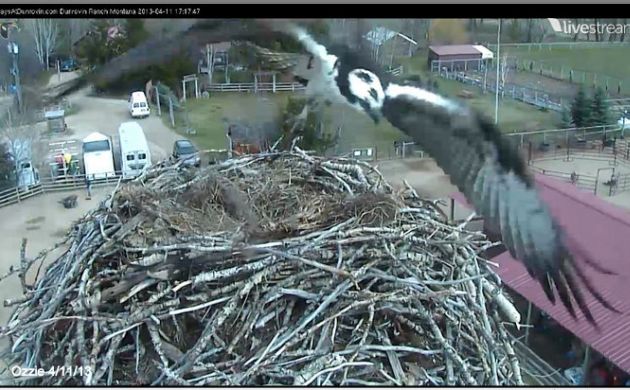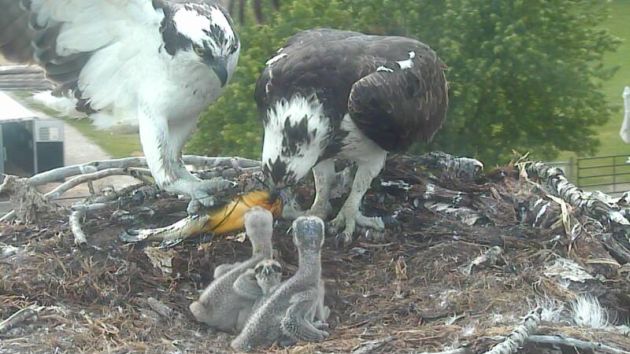
As most of my regular readers know, I am a big fan of nest cams, feeder cams, and other such technologies. By allowing viewers to get up close and personal without disturbing birds, they can foster a sense of engagement that until now was mostly achieved by nigh-Victorian pursuits like collecting and taking animals from the wild to serve as household pets — activities that enlivened the childhoods of naturalist-heroes like Gerald Durrell but much impoverished the natural world when widely pursued.
One of the interesting things about web cams is that as they foster familiarity, they also favor the familiar human urge to impose narrative. It’s always risky to say what separates humans from other animals — tool use, self-awareness, and the perception of morality no longer being as obvious a set of distinctions as they once were – but I will go out on a limb and say that narrative is at least as characteristic of humans as feathers are of birds.
Recently I started working with Dunrovin Ranch, a local guest ranch, on their web project Days at Dunrovin. There are many stories at Dunrovin – rescued horses, challenging dogs, miniature donkeys with flamboyant personalities – but two of the stars are a pair of Ospreys dubbed Ozzie and Harriet. The two have built up a devoted following through years of triumph – like last season, when they fledged three young – and tragedy – like the season before, when their eggs didn’t even hatch.
One of the advantages of these narratives is that – unlike the tales of Ernest Thompson Seton or the images presented in museum dioramas – they can’t be scripted. What happens happens, for our Ospreys. We can, however, give them the best possible chance, and in so doing educate viewers on environmental matters from the seemingly slight (ranch employees carefully pick up all loose twine so it doesn’t end up in the Osprey nest and entangle the young) to the almost-overwhelming (the failed eggs were tested for heavy metal poisoning, which gave us the opportunity to raise a lot of awareness on the effects of mining waste in Montana’s rivers.)
This is my first season with the ranch, and I’m very excited to being putting some of my theories about nest cams into practice. We’ll see how it goes.














Leave a Comment